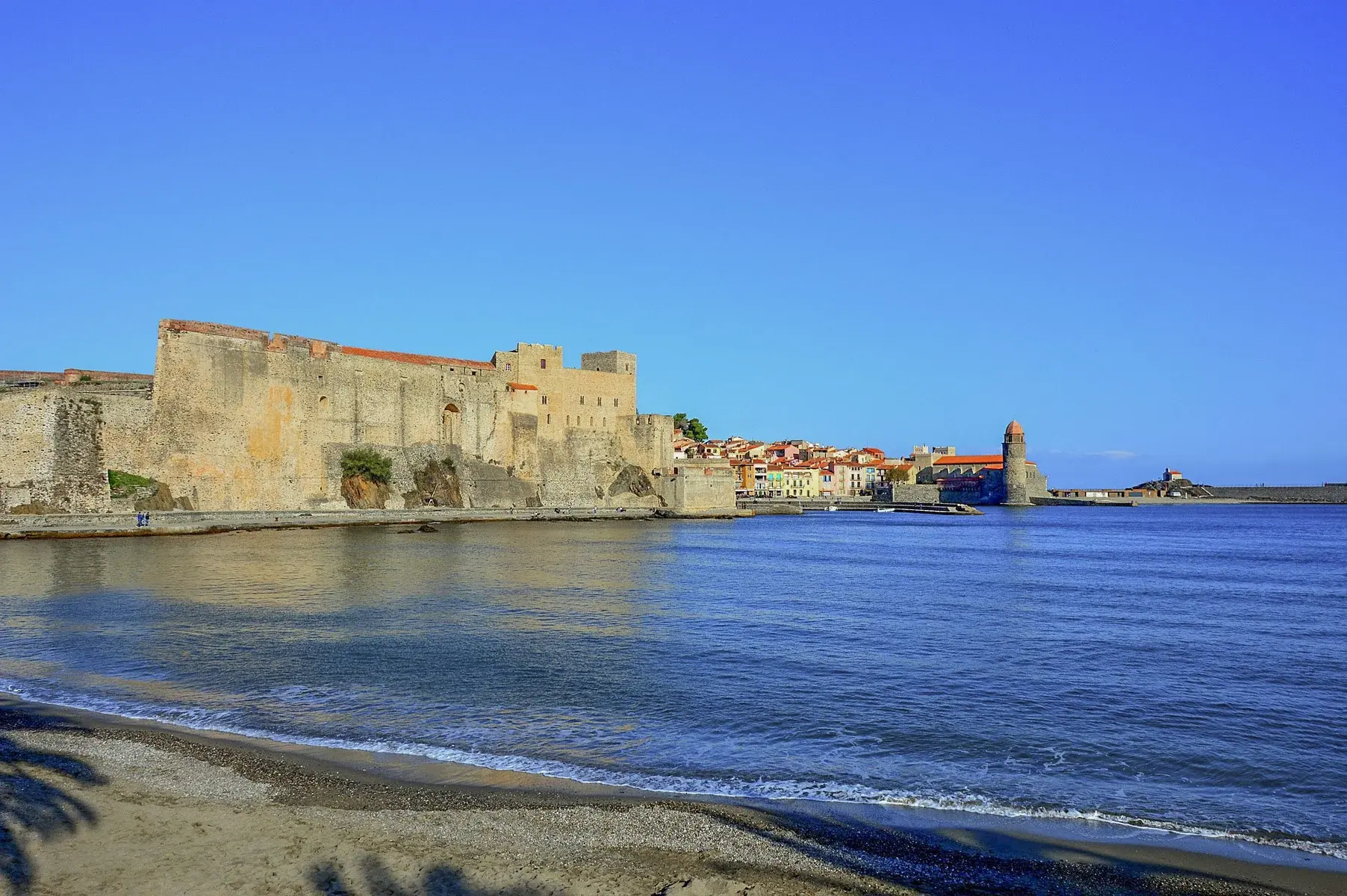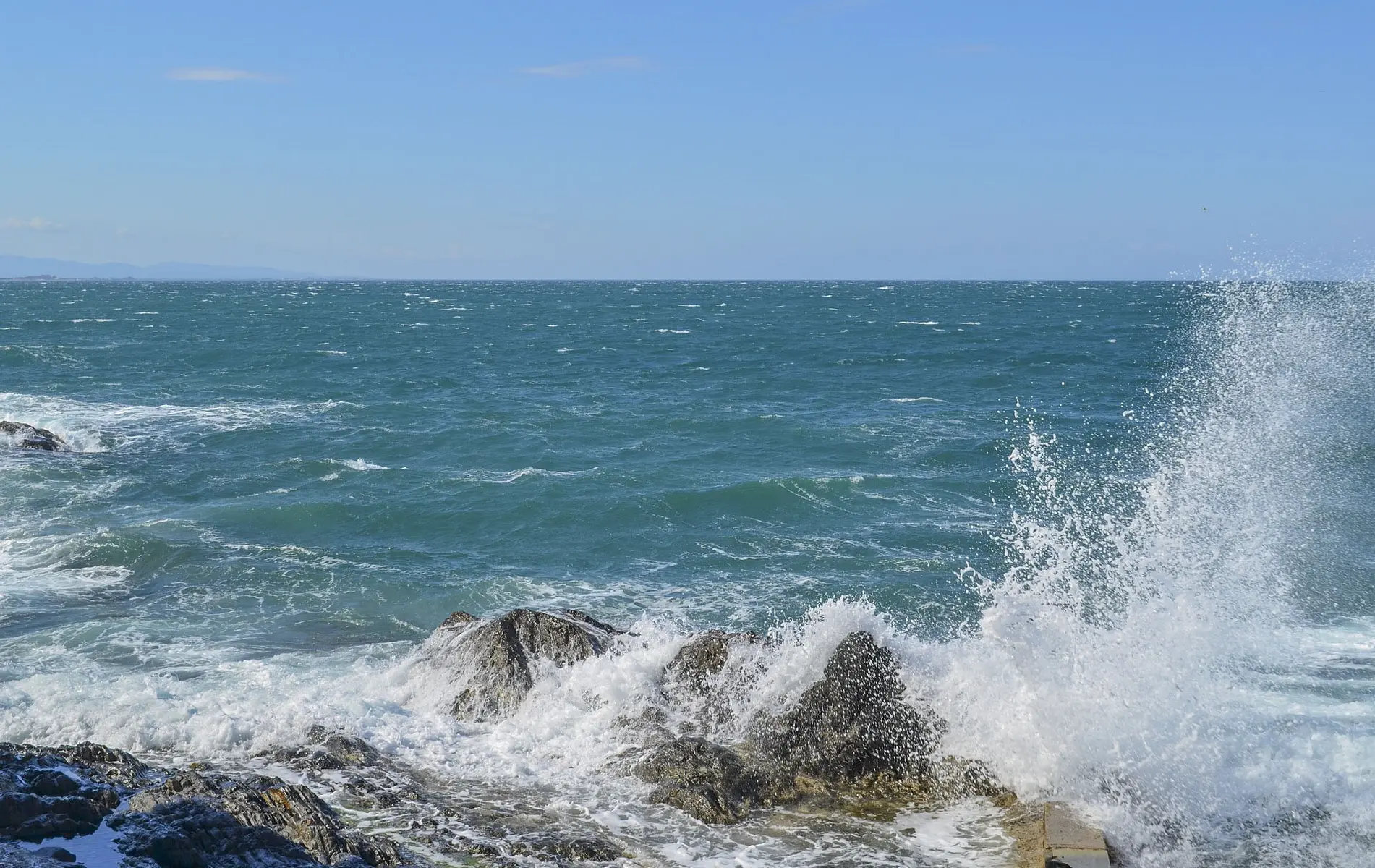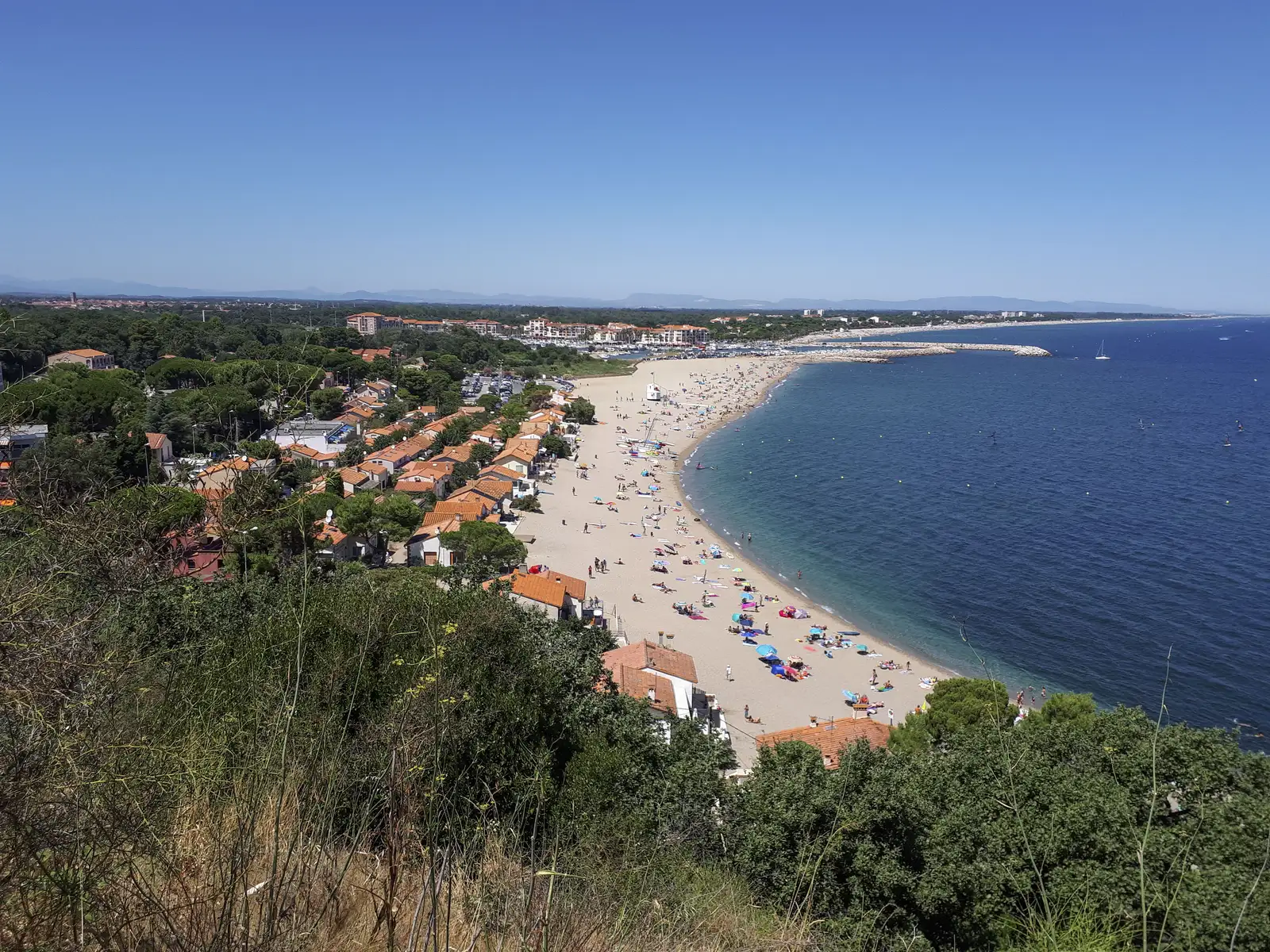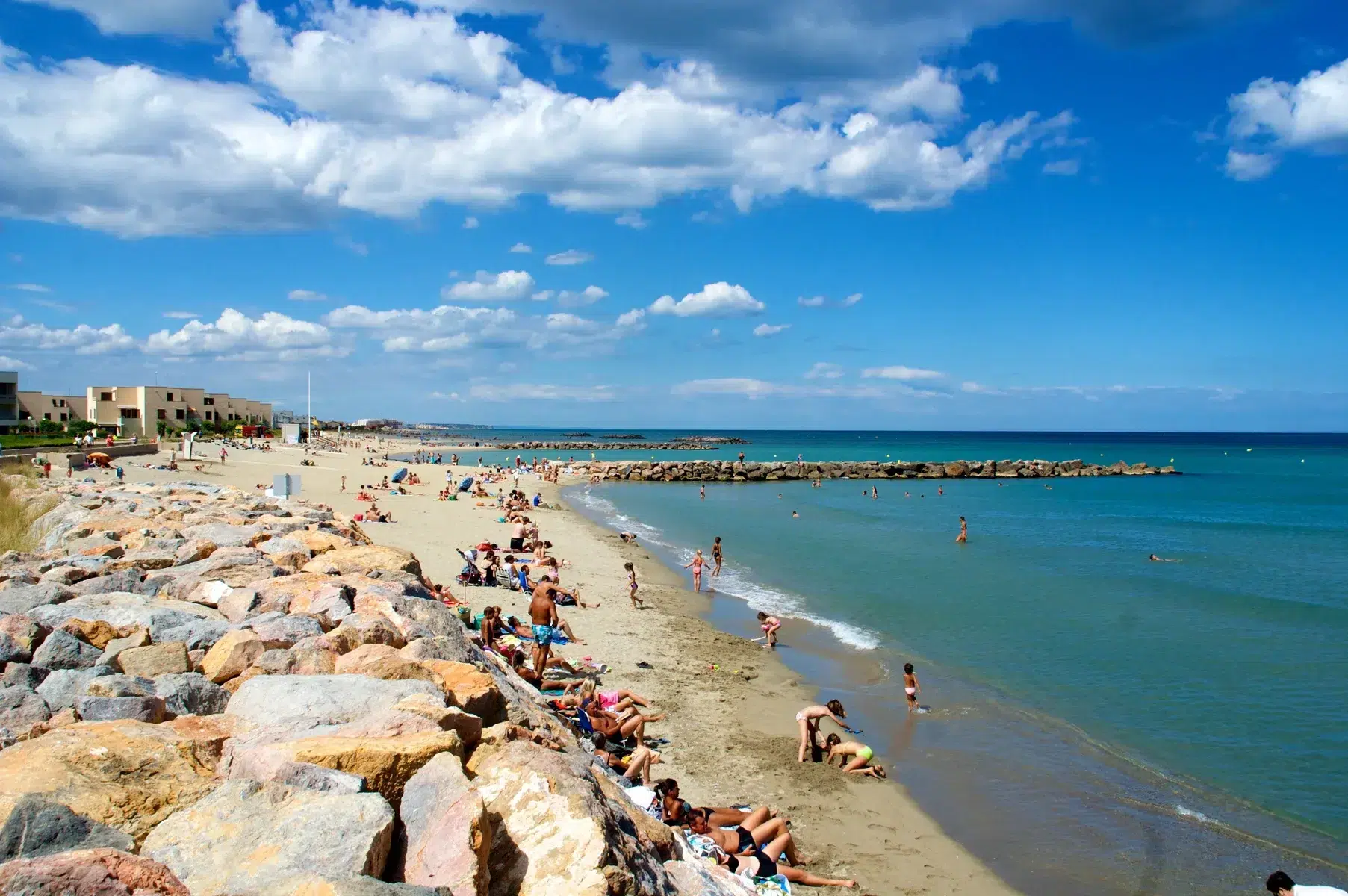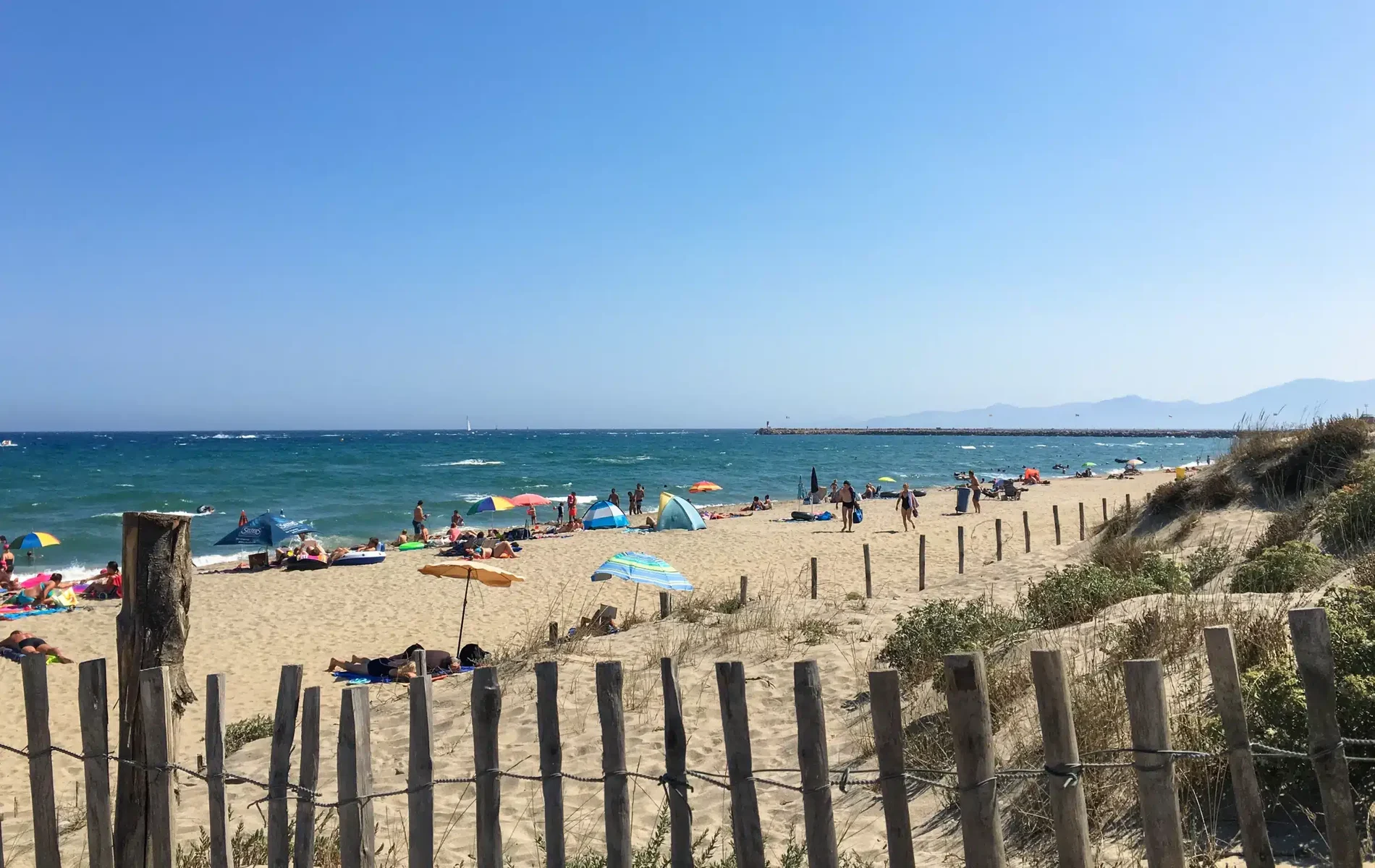Discovering
of Collioure
A charming Catalan port nestled in one of the most beautiful coves on the Côte Vermeille, Collioure is an artist’s village with an exceptional built heritage. A destination not to be missed in Roussillon.
Where is Collioure?
Between Argelès and Port Vendres, Collioure stretches from the Mediterranean to the Madeloc tower, 5 km inland.
Less than 7 kilometers from the Spanish border, it is one of the most southerly communes in the Pyrénées-Orientales, along with Banyuls and Cerbère. It marks the start of the Côte Vermeille, with its charming coves, rocky seabeds rich in biodiversity and sheer cliffs.
What to do in Collioure
- Discovering Fauvism: the birthplace of Fauvism in the 20ᵉ century, Collioure can be visited via a trail in the footsteps of Matisse, Derain or Signac, offered by the Maison du Fauvisme.
- Visit the Royal Castle: a 13ᵉ century fortress, the last royal fortified castle in France, it was also the summer residence of the kings of Mallorca and served as a prison for Retirada refugees. From the top of its towers and walkway, you can enjoy a unique panoramic view of the bay.
- The mill: the oldest mill in Roussillon, Collioure’s grain mill dates back to the 14ᵉ century. After restoration, it was converted into an oil mill.
- The Museum of Modern Art: housed in the Villa Pams, the museum brings together collections of 20ᵉ century art and contemporary art, and hosts numerous temporary exhibitions within its walls.
- Fort Saint-Elme: on the road to Port Vendres facing the Mediterranean, Fort Saint-Elme was built under Charles V on the site of an ancient defensive tower erected by the Moors in the 8ᵉ century.
- The Catalan port: Collioure’s tourist mecca, the port is still bustling with the colorful little boats of the anchovy fishermen. A real postcard setting.
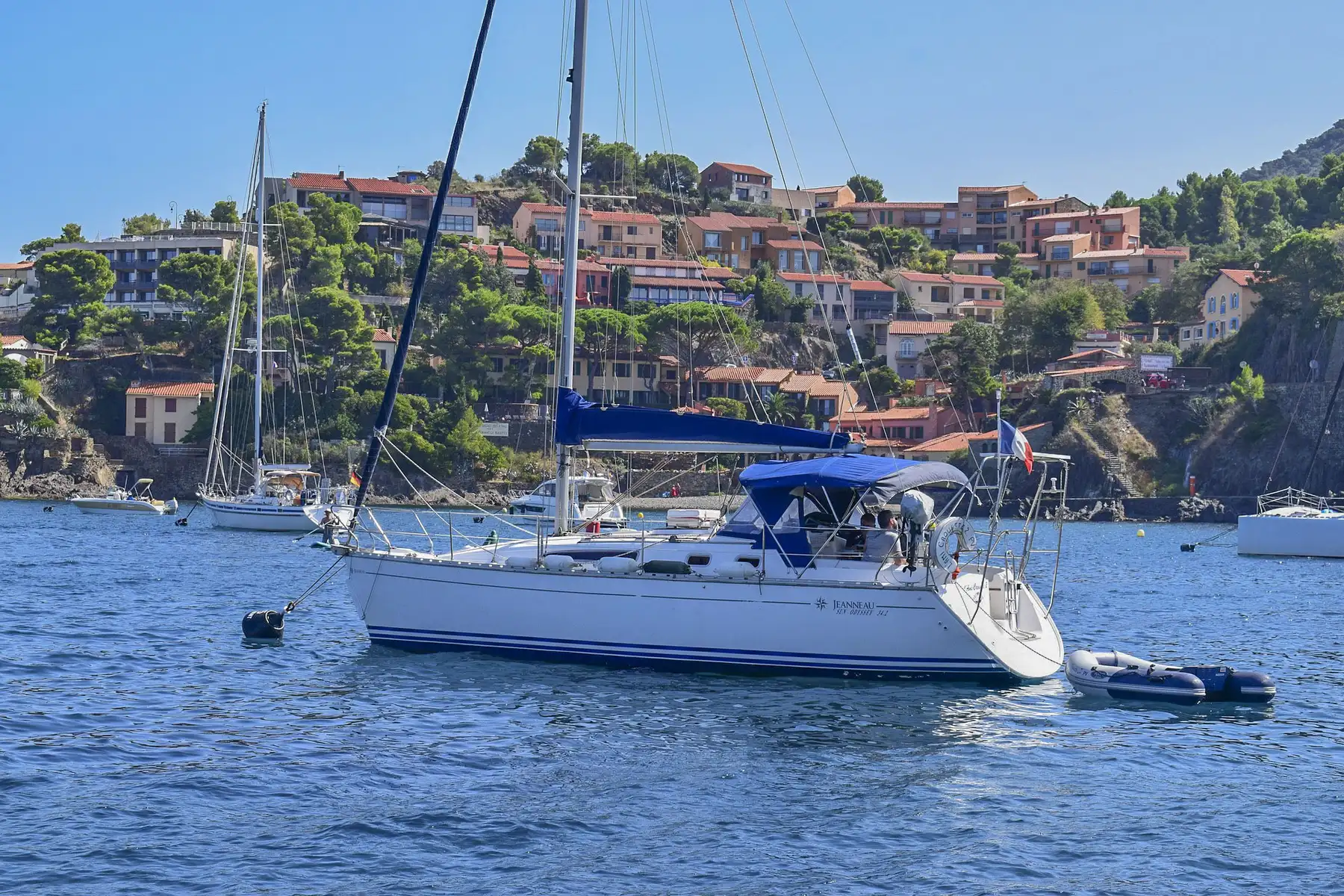
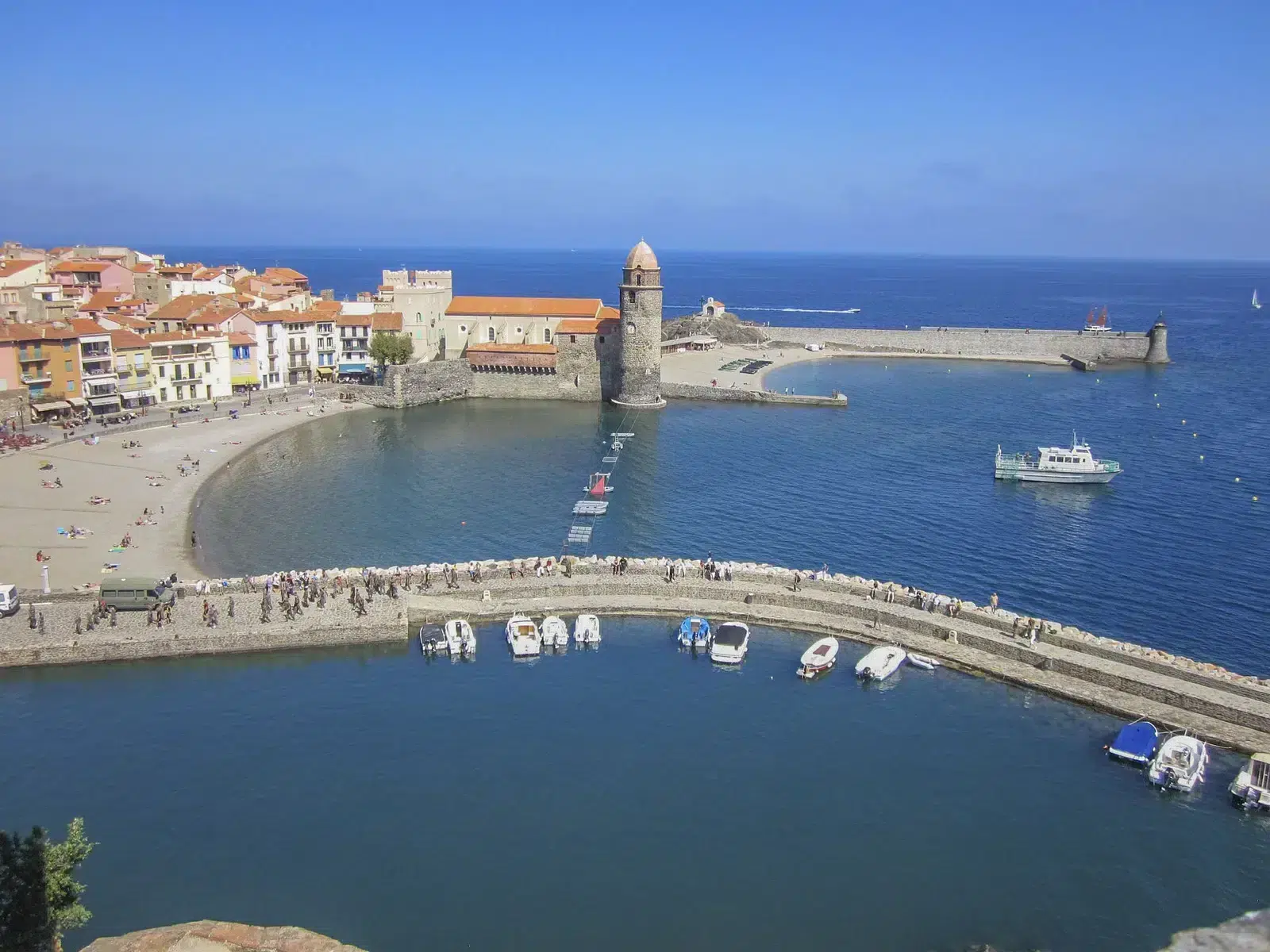
Collioure beaches and coves
One of Collioure’s greatest tourist attractions is the sublime coves along its coastline: emblematic of the Côte Vermeille, they benefit from the prestigious backdrop formed by the steep village, its royal castle and the church of Notre-Dame-des-Anges.
Ideal for swimming, snorkeling and lounging, the coves and beaches of Collioure offer a change of scene in the Pyrénées-Orientales.
A must-see, the Saint-Vincent creek is home to a sandy and pebbly beach close to the stores in the town center, from which you can enjoy a sublime view of the royal fortress. A real picture postcard, the Boramar creek is located right in the heart of the village, between the Notre-Dame-des-Anges church and the castle.
A dream setting, too, for the Faubourg family beach, set against the backdrop of the royal castle. For an intimate moment, head for the pebbly Balette cove, accessible by a small coastal path, or the Batteries cove, with its turquoise waters surrounded by high cliffs.
To relax on fine sand, head for the Roches Bleues cove, a little further on. The Oli cove also offers a heavenly setting, between cliffs and crystal-clear waters.
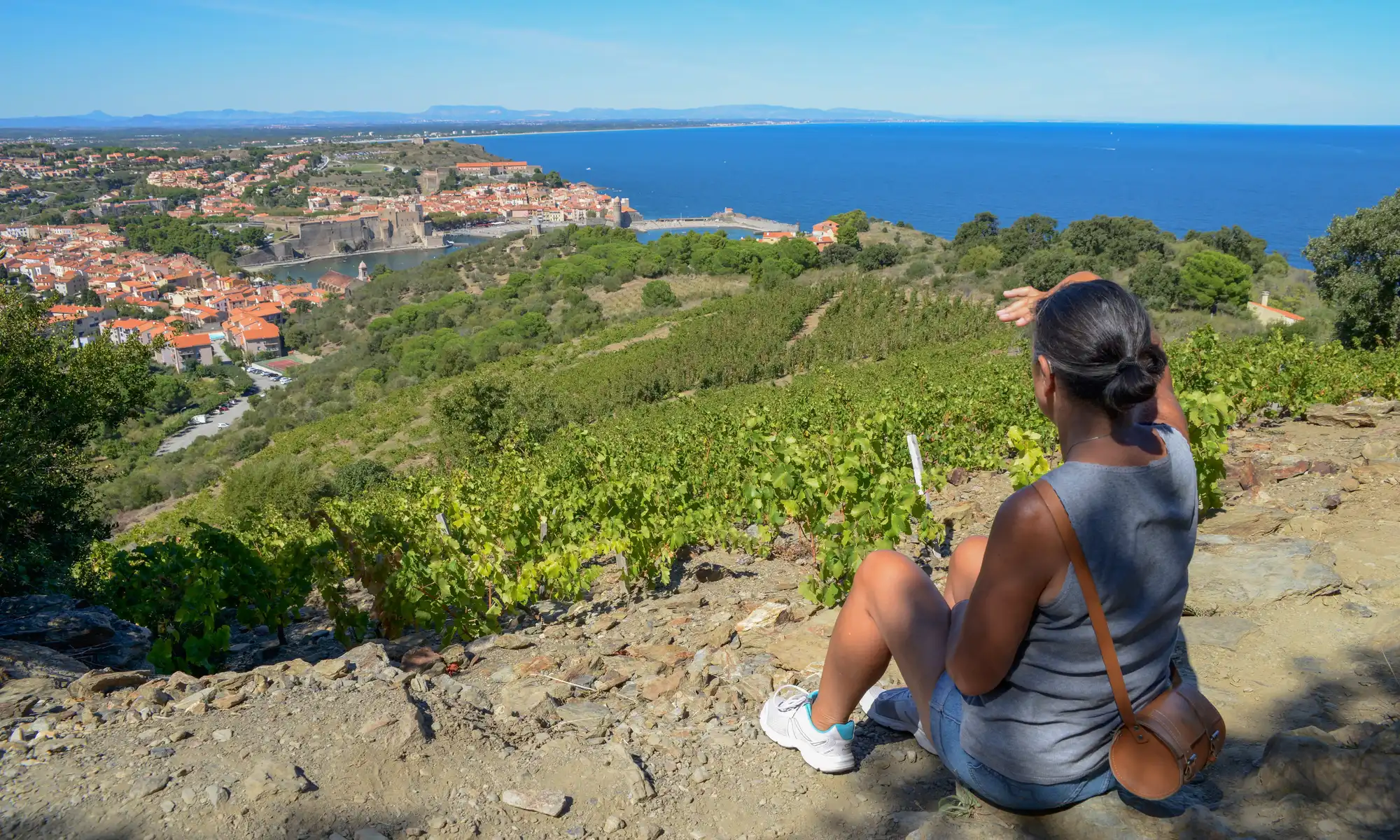
Walks and hikes in Collioure
The pearl of the Côte Vermeille, Collioure is also an ideal destination for hiking. The landscapes of the bay can be explored on magnificent walks.
The Collioure tourist office provides holidaymakers with guides to the most beautiful walks in Roussillon and on the Côte Vermeille.
There are itineraries for all levels: a short hike to Fort Saint-Elme, the Fauvist trail with explanatory panels, a stroll to the hermitage of Notre-Dame de Consolation, or a long hike to the Madeloc tower.
A long hike of several days leads from Collioure to the Spanish village of Cadaqués: it follows the coastline across the Pyrenees and the border to the charming town so dear to Dali.
Passing through Banyuls, Cerbère and Llança, this itinerary takes in waterside paths, heavenly coves and elevated paths overlooking the Mediterranean. All along this not-to-be-missed hike in the Catalan countryside, walkers are treated to landscapes of rare beauty.
Discover the culture of Collioure
Collioure’s privileged location, sheltered in its bay just a stone’s throw from the Spanish border, has made it an often-coveted strategic position over the centuries.
In turn residence of the kings of Majorca, fortress of the Habsburgs, citadel of the Bourbons, then disciplinary camp for refugees of the Spanish Retirada, the Château de Collioure reflects the city’s eventful history.
Long before its current tourist vocation, Collioure was a humble fishing port, a prestigious trading port and the source of inspiration for the painter Matisse, father of Fauvism.
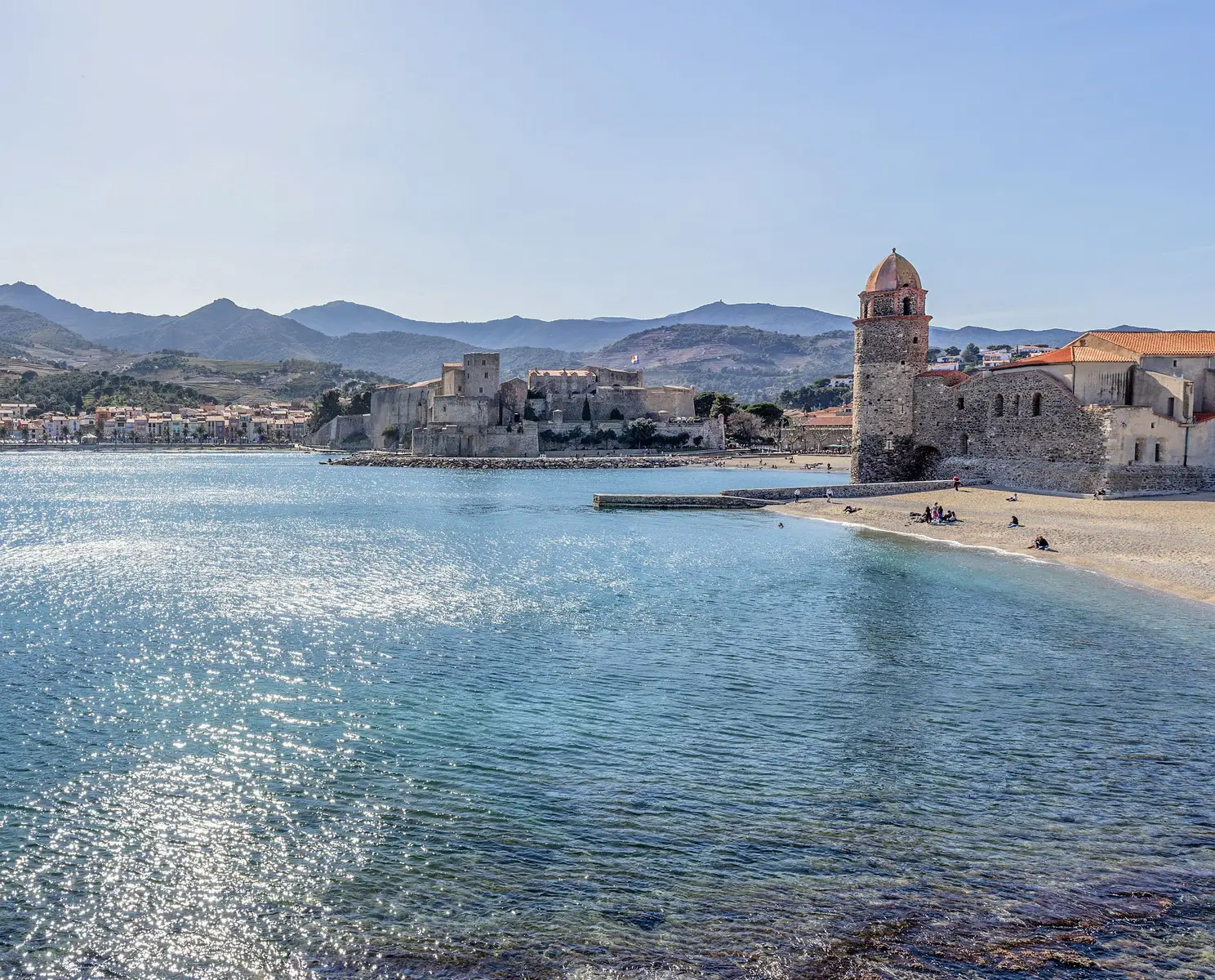
Discovering the city’s heritage and visiting its must-see sites is a way of discovering its culture, rich in many influences and a multifaceted past.
The Maison du Fauvisme organizes numerous excursions and guided tours of Collioure’s various tourist attractions. A small tourist train also criss-crosses the Collioure area, moving from site to site and viewpoint to viewpoint.
Don’t miss: the fortifications of the Taillefer battery, the fort rond and fort carré, fort Dugommier, fort Saint-Elme and fort Miradou; the religious buildings of the Notre-Dame-des-anges church, the Dominicains cloister and the Notre-Dame de Consolation hermitage; the Dominicains cooperative cellar and its AOC Collioure-Banyuls wines; the royal castle and its covered walkway; the oil mill; and the anchovy canneries.
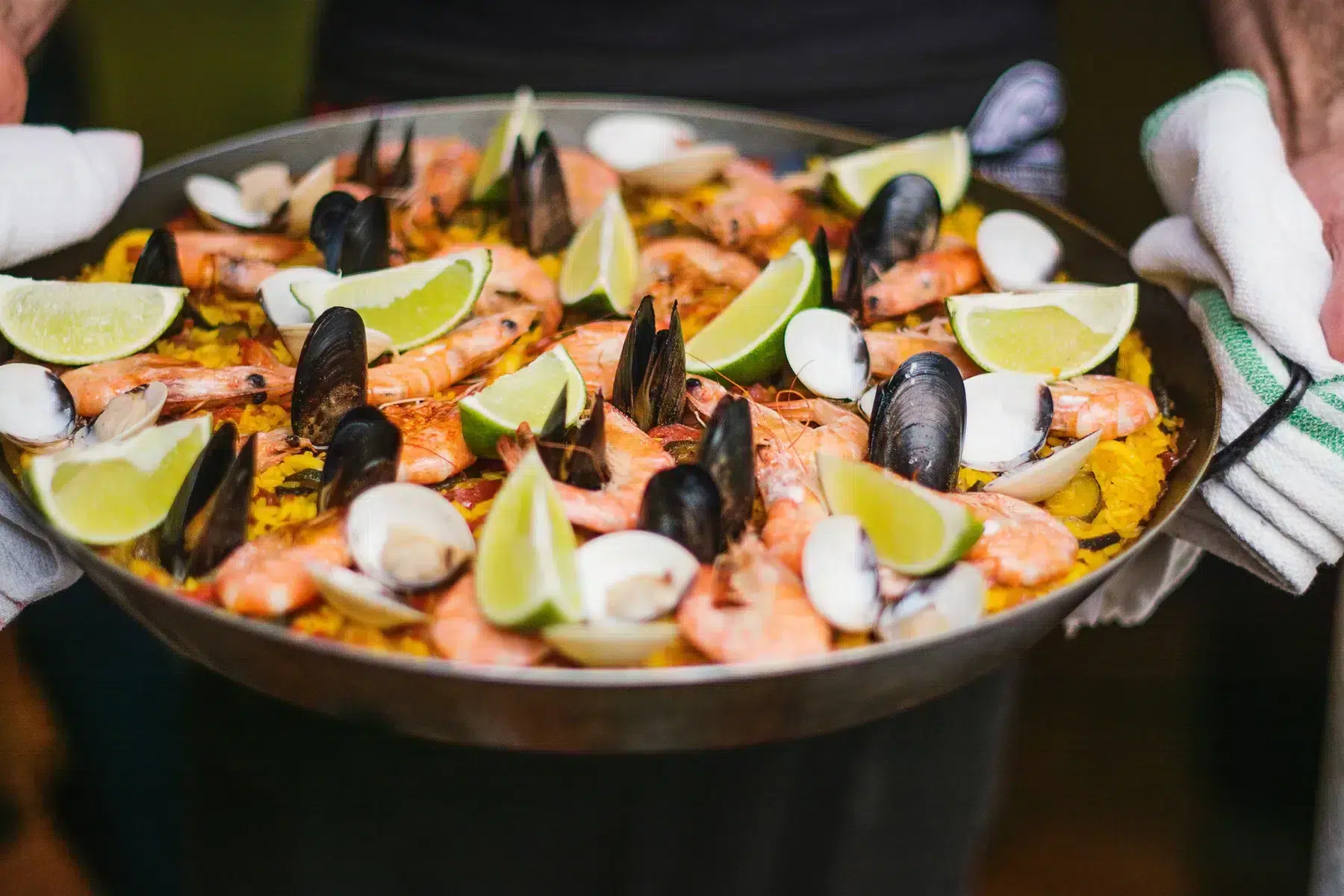
Tourism in Collioure: restaurants
- Le Jardin de Collioure: refined land and sea cuisine, in the exceptional setting of the cloister of a former 13ᵉ century Dominican convent, at the end of the impasse du Musée on the road to Port-Vendres.
- L’Ostra Bar à Huître Collioure: in the old village, rue Saint-Vincent, a hundred meters from the Collioure tourist office, L’Ostra is an oyster and tapas bar renowned for the quality of its regional products and its friendly atmosphere.
- Restaurant Le Neptune: on the Port-Vendres road, Le Neptune boasts a terrace with panoramic views of the Baleta cove and Collioure’s royal castle. As if suspended above the waters, you can enjoy regional products cooked with refinement and generosity.
- Restaurant Can Pla: on rue Voltaire, Can Pla offers typical Catalan cuisine with tapas (including the famous Collioure anchovies), plancha grills, parilladas, Catalan fish and meat specialties, and artisanal ice creams.
- Le Temps du Patio: on rue du Docteur Coste in old Collioure, Le Temps du Patio serves authentic local cuisine in a warm, colorful setting. The menu changes daily and features fresh seasonal produce, including the unmissable Catalan specialty of calçotada.

